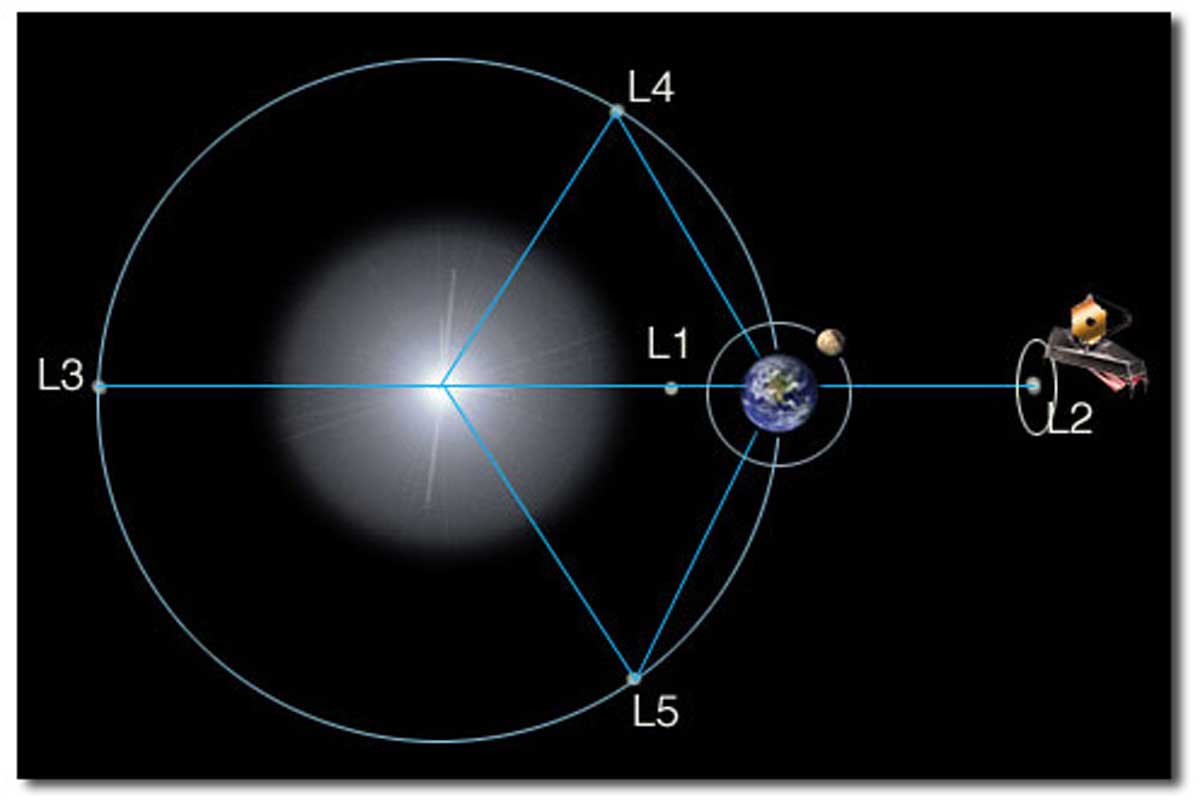There's no clearly defined definition of what a stable orbit is. Orbits can last for hundreds or thousands of years, millions, billions or even trillions of years. There's no neat and tidy definition between stable and unstable.
Hubble for example, orbits the Earth every 97 minutes, and in a few years, primarily slowed by the very slight air resistance, it is expected to fall to the Earth. Many satellites, because their equipment doesn't last forever, are designed to gradually slow by air resistance and fall to the Earth after a few decades of operation. Satellites can be positioned where they stay in orbit much longer simply by moving them a bit further out, but there's little benefit to that. It's advantageous to have satellites fall to the Earth after they've served their usefulness.
Orbits around the Moon are more unstable than orbits around the Earth for 2 reasons. One, because the Moon is gravitationally lumpy so low orbits around the Moon don't stay in place very long. See here.
and two, because the Earth is gravitationally dominant, so the Moon doesn't have a very big hill sphere. Celestial mechanics doesn't like satellites to have satellites. See here and here. Our moon could have a satellite, but it likely wouldn't be stable for very long, at least, not long in a celestial time-scale.
Trojan points, L4 and L5 are generally stable in a System where the larger body (Earth) is more than 25 times as massive as the smaller body (moon), but our Moon's orbit is too eccentric and too chaotic for lunar Trojan points to be stable for any period of time. Earth's L4 and L5 points around the sun are more stable and there are a few small asteroids in Earth's Trojan points. The Moon's L4 and L5 aren't stable cause the Moon wobbles too much in it's orbit. Eccentricity and perturbations tend to destabilize L4 and L5 points. That said, the Moon's L4 and L5 are more stable than L1, L2 and L3.
Mars moon Phobos is in a decaying orbit that may only last 10 million years or so.
Our Moon, however, even though it's slowly moving away from Earth, is sufficiently stable that it will outlast our sun. It's stable on the scale of many billions of years.
As to your question "prolong an orbit via moon power", The moon tends to destabilize, not stabilize orbits around the Earth.
But while L1 and L2 points aren't gravitationally stable, they are still useful places for satellites because they require less adjustment. Satalites with orbits that move around lagrange points are often used as useful locations.
Take this bizar orbit around the Moon, where the NASA satellite transfers from L2 to L1 and could, in theory, be transferred back and forth without expending too much energy. This isn't a "stable" orbit by any means but it's an example of an unstable but useful orbit for the life of a satellite.

Source
The James Webb Telescope, when it's launched will orbit around Earth's L2 Lagrange point, which isn't stable, but it requires relatively small adjustments to stay in that order. It's also useful because it will be nearly entirely shaded from the sun by the Earth and it works best in cold space, away from sunlight.

Source.
Those are 2 examples of useful but unstable orbits.
Jupiter's orbit around the sun, for example, will probably be stable for trillions of years. Jupiter's moons around Jupiter? Hard to say, with 4 Galilean moons, it's difficult to predict their orbits over long periods of time.
.

